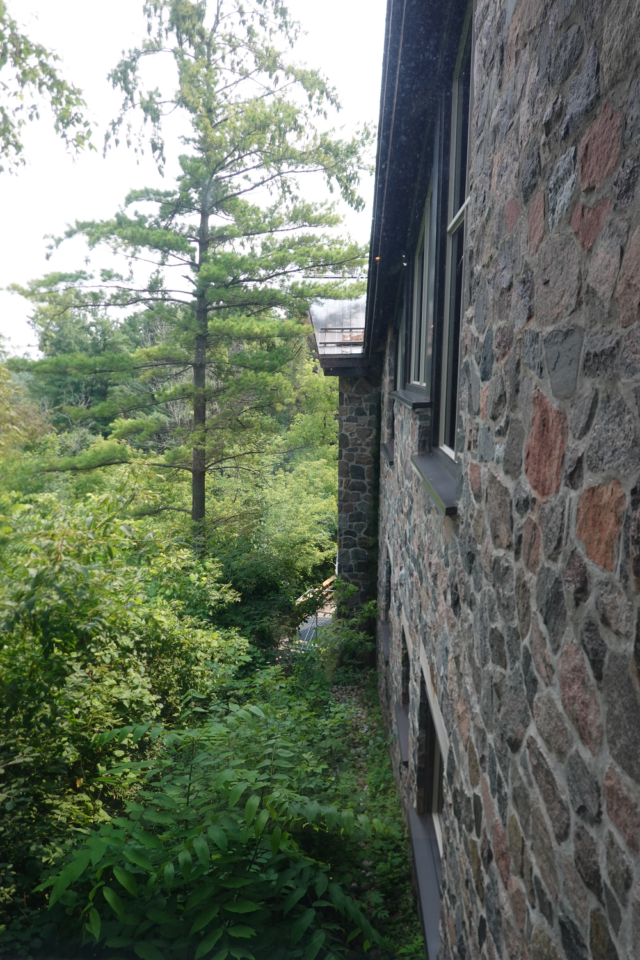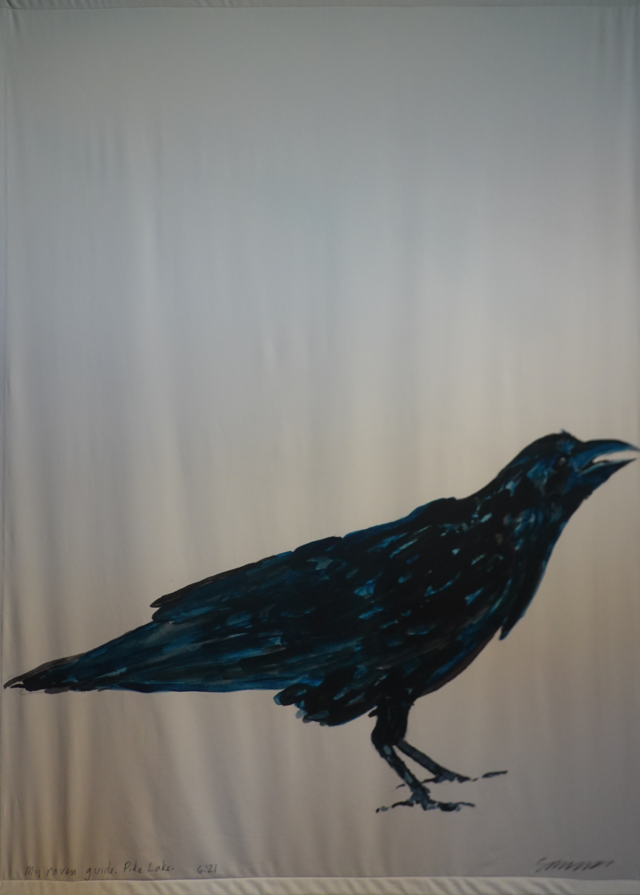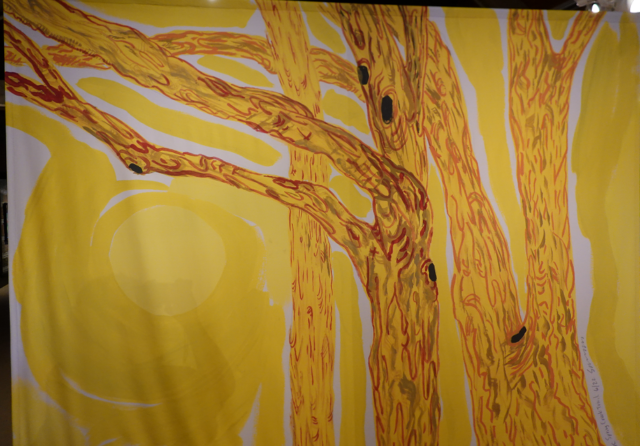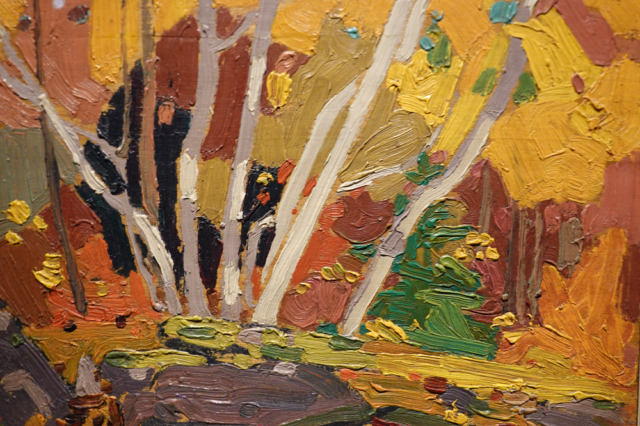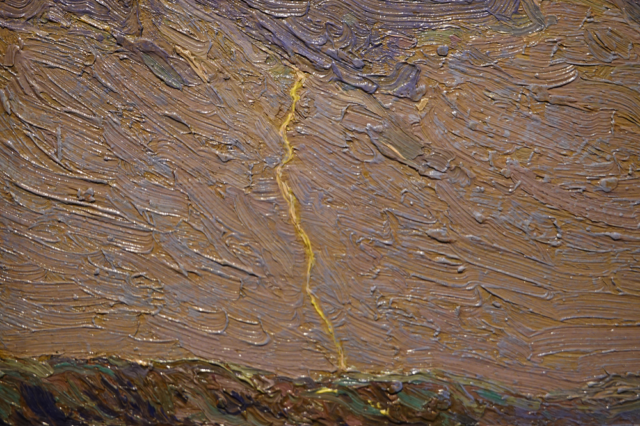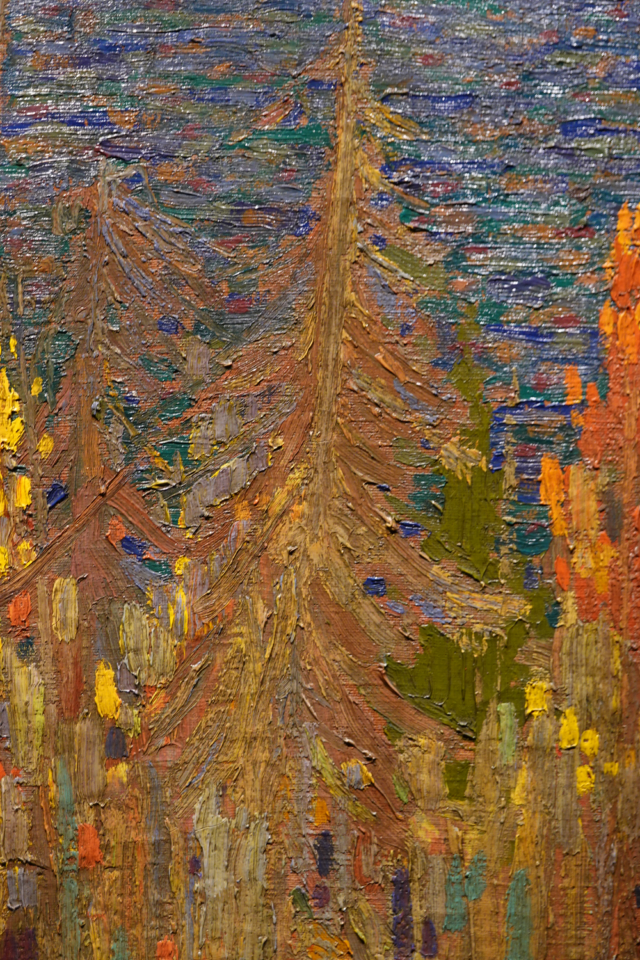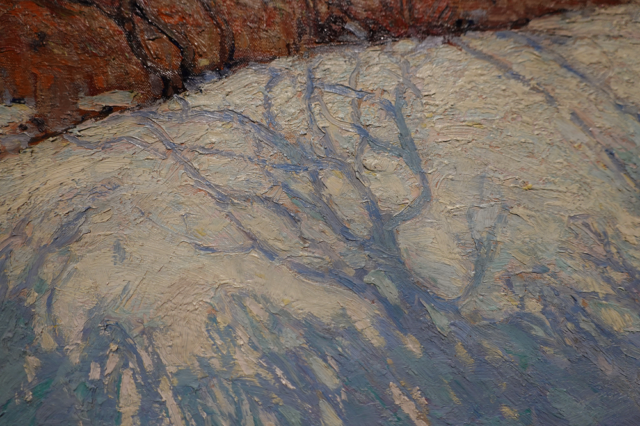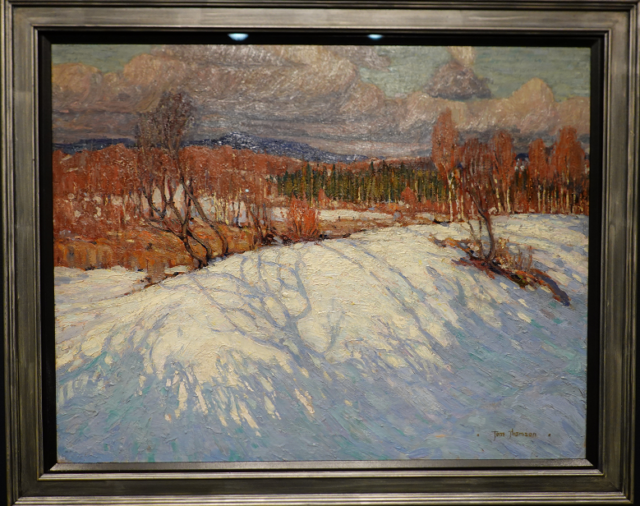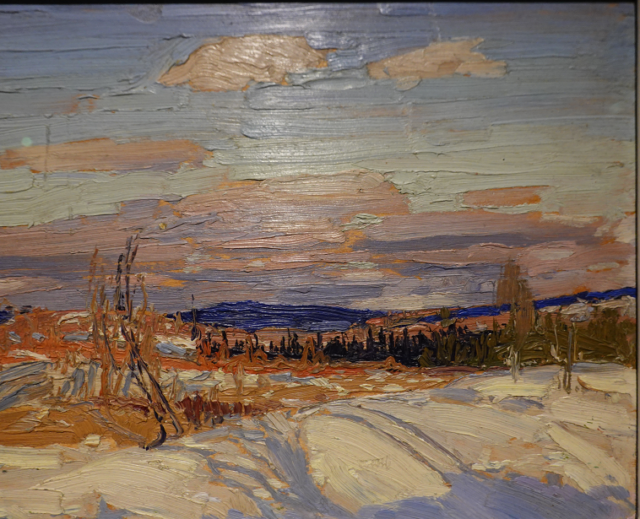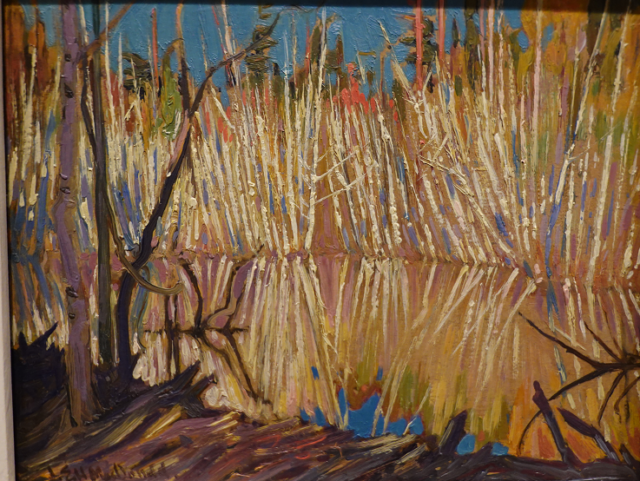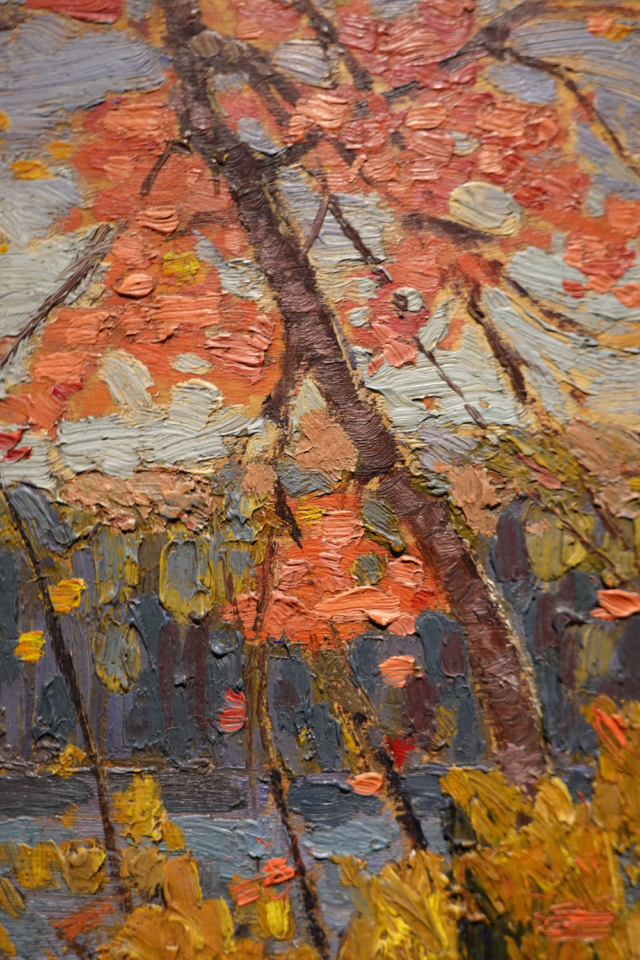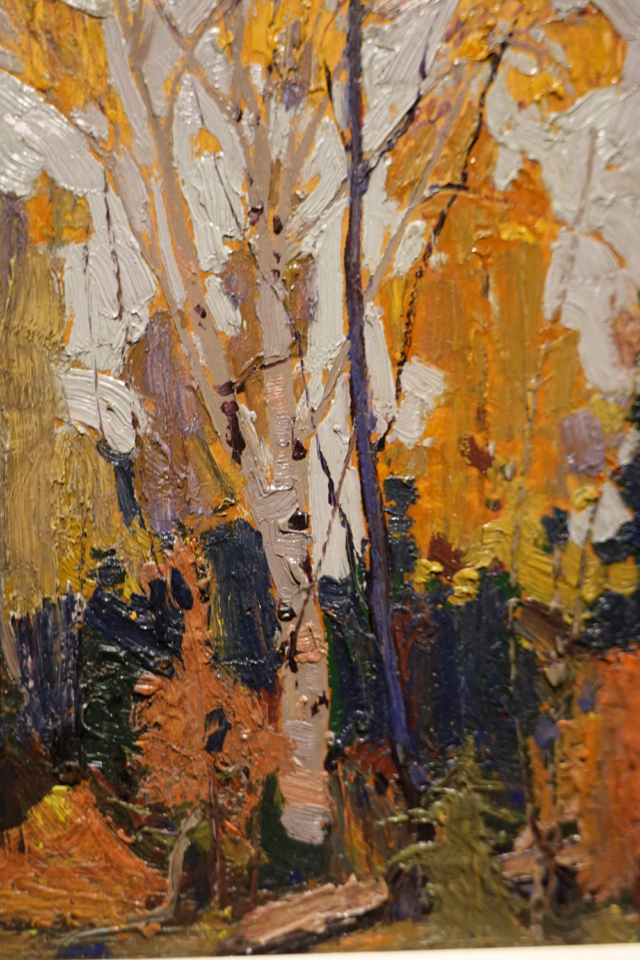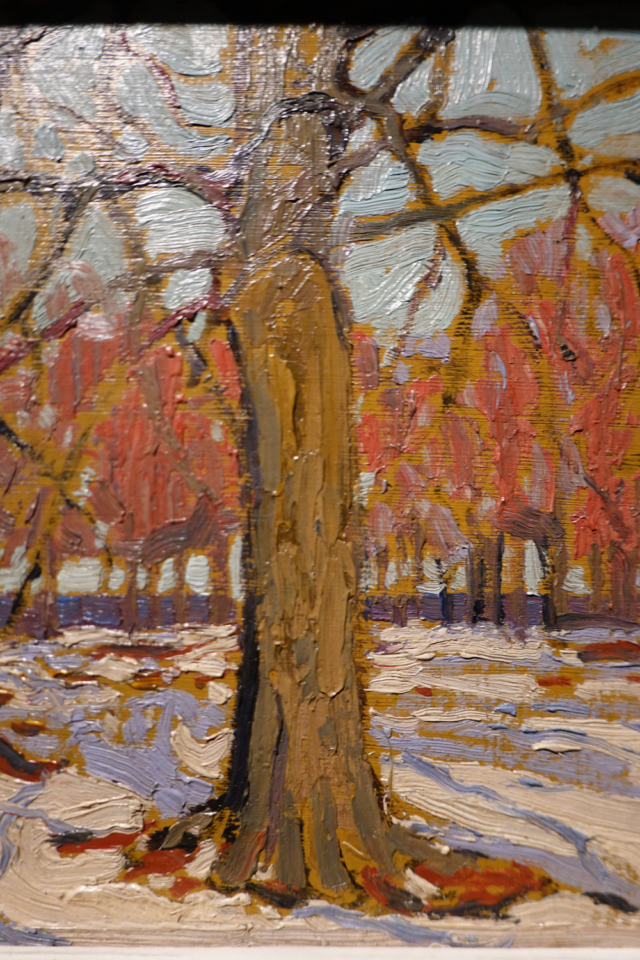Slow Summer Reading
Less TTC, less reading.
I finally got through Killers of the Flower Moon: The Osage Murders and the Birth of the FBI by David Grann (2017).
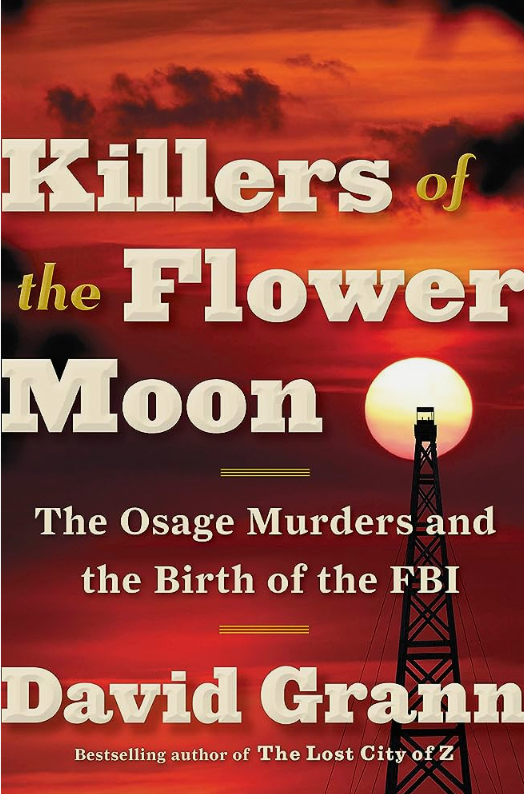
I would not say I loved this book due to the writing style – just not my style, nothing wrong with it; however, I found it interesting enough to keep at it. And I certainly learned a lot about the Osage people and their history. I also took on board lots of new information about the early years of the FBI, but that I was not so keen on. Maybe that’s why it took me about a month to get through this book.
Note: I didn’t choose it because of the upcoming movie, though that may have helped. I was actually browsing on my local book store’s website when it came up. There were a few times when I was reading when I pictured Leonardo DiCaprio in my head. Weird.
Simply put, the book tells the true, very sad, and angering tale of the mass murder of Osage in the 1920s, up until the 1930s. Its premise is that a very well-connected white guy lauds himself as a friend of the Osage. Quite a lot of white people make their way in, too. That’s because the Osage are earning tonnes of money from their underground reservation, oil, in Osage County, Oklahoma. It was an oil rush! However, given the underlying racism of the country at the time (and probably still so), the Osage are required to have non-Indigenous guardians to manage their headrights. That’s how the murders started – greed, manipulation, and an unjust system that made it possible. Though there were some good people who worked hard to find the killer (it was suspected that the multiple murders were all directed by one man), the US and state governments, the nascent FBI, and the open-to-corruption court system just didn’t put enough into the investigation. In fact, as Grann points out at the end of the book, more people were killed than originally suspected. That’s one thing I definitely appreciated about David Grann’s narrative approach was his delineation of his historical research methods: archives, interviews, other books, etc. Working with Osage and descendants of other victims allowed Grann to piece together unknown parts of the story, expanding the conspiracy.
At the start of the book Grann goes into the history of the Osage prior to arriving in Oklahoma – look it up; it’s maddening. Given what we now know of the Canadian government’s treatment of Indigenous people here, it’s not a surprise that whatever little was given was taken away. However, they lucked out, initially, in arriving in northeastern Oklahoma because of the oil. Obviously, the moral of the story is that money does not bring happiness, especially when that money comes with conditions that put the Osage in great jeopardy.
Will I see the movie? Not if it’s on Apple TV.
Worth reading.
